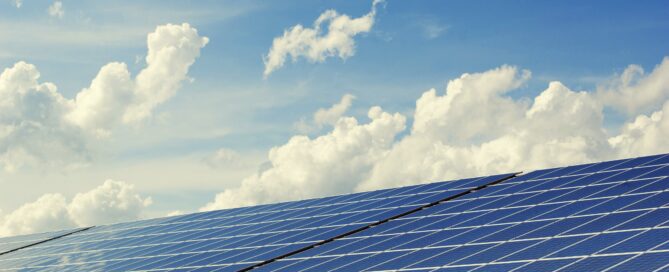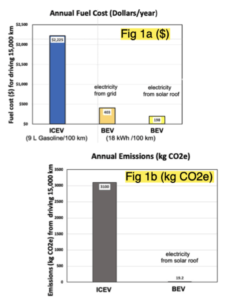Musings on Capturing Solar Radiation with Solar Panels
By Tom Mommsen & Risa Smith
Capturing solar radiation with solar panels makes sense for a number of important reasons:
a. Conceptually: Input from the sun is fairly predictable, entirely free of charge and will last for a long time.
b. Economically: Solar modules produce electricity for residents at about half the cost of electrons delivered by BC Hydro or Fortis. And while residential rates are going up, solar costs continue to drop.
c. Environmentally: Solar modules have a very small carbon footprint. Over its complete life cycle (from mining and transport, through purification, module manufacture, framing, to cabling and installation), a solar panel will produce less than 6 g of CO2e per kWh, and the embedded energy is repaid in about 8 months of the panels’ 35+ years life cycle. The carbon emissions are at least 50 times lower than those from the supposedly emission-free large hydroelectric installations.
Dozens of peer-reviewed research articles in the last decade have confirmed that large hydro generates at least 300 g CO2e per kWh. Further, hydroelectric installations generate substantial amounts of methane (natural gas), a gas with a global warming potential 85-times higher than carbon dioxide. PV’s life cycle does not involve methane generation.
d. Politically: Widespread adoption of solar energy empowers people to think about energy differently, points to the importance of local control and responsibility of power generation and consumption. It also provides local energy security, while putting decisions on energy issues under individual and local control. This takes decisions and control out of the hands of remote energy managers and bankers who have neither understanding of nor commitment to local needs .
The energy consumers will evolve into producers/consumers (prosumer) that should result in mothballing antiquated ideas about unidirectional energy generation from centralized sites, transmission and distribution. These will be replaced with a more equitable distribution of energy generation.
(Modified from an article originally published in Galiano’s Active Page – March 2023) What is Solar Energy? Live Solar System Monitoring Dashboard




You must be logged in to post a comment.